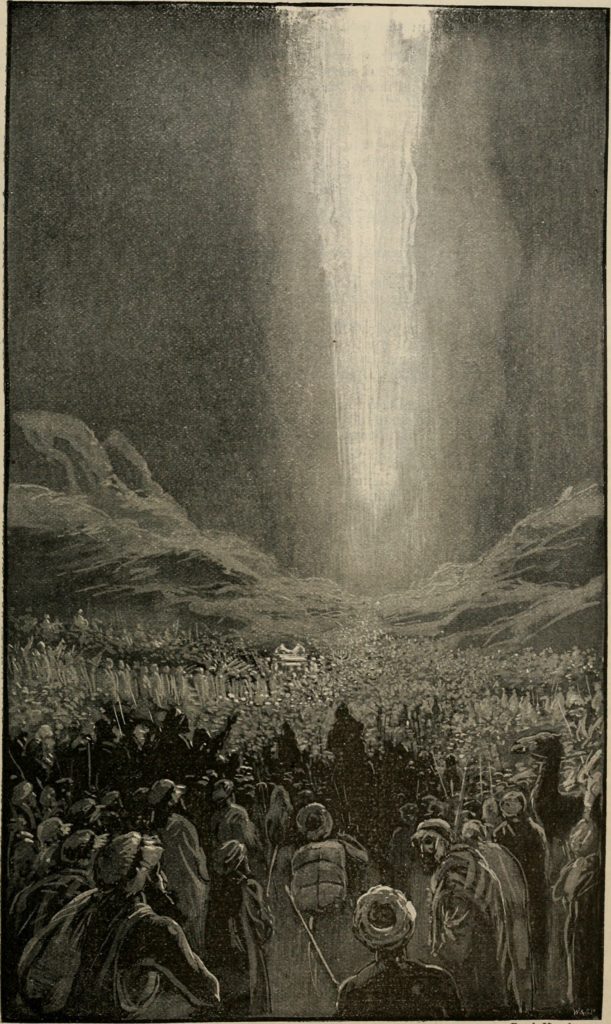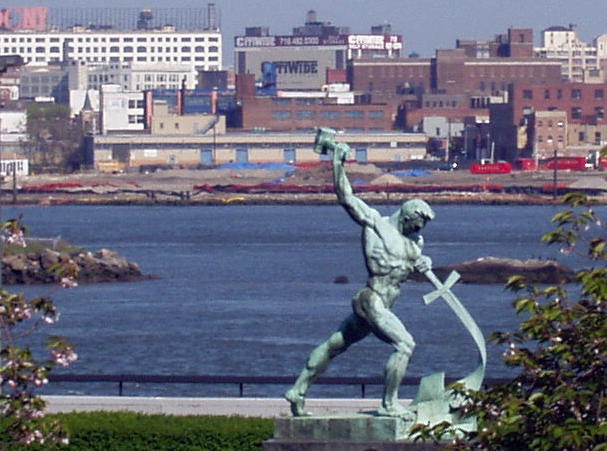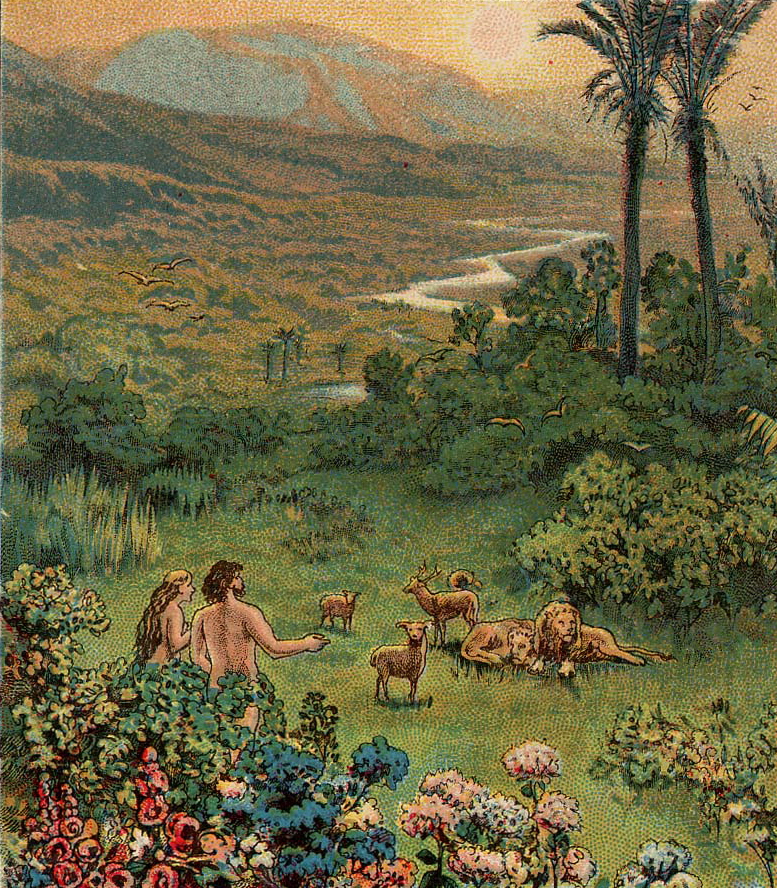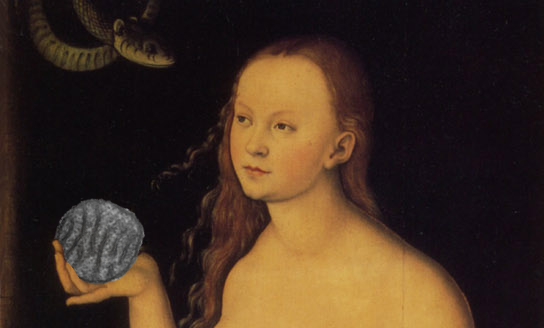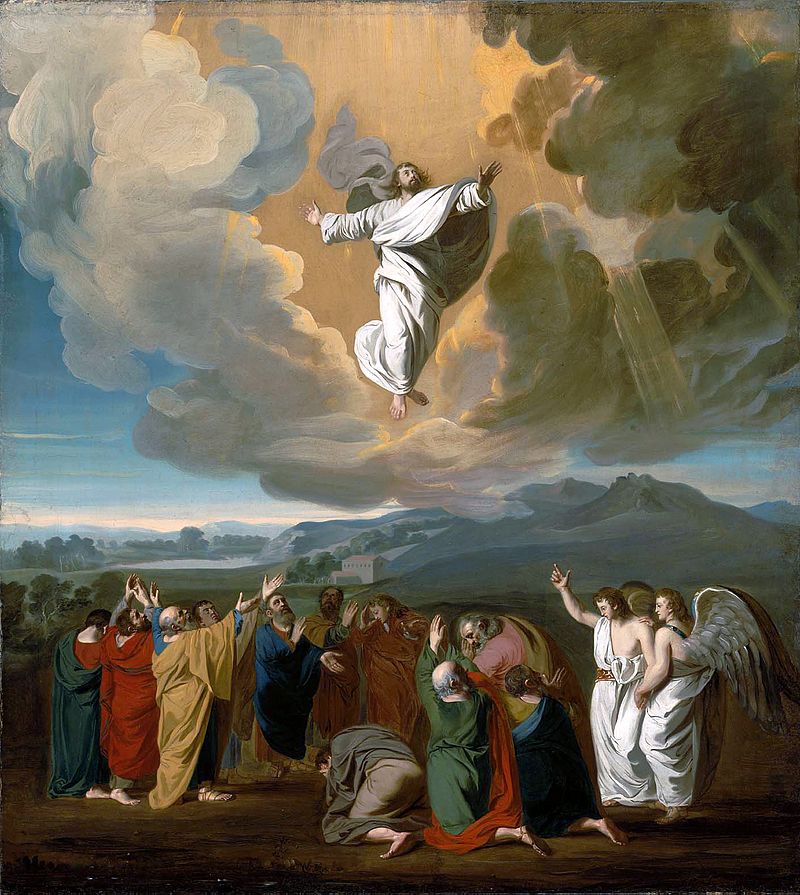As we celebrate Easter 2017 are you still keeping up with your Advent Wreath Resolutions? In this reminder post, I return to consider two candles. The first is obviously the Christ candle, while the second is the Peace candle.

Advent and Easter bookend the earthly ministry of Jesus Christ, God’s son. They celebrate two commonalities that the incarnate Christ shared with all humanity: birth and death. Without going through both birth and death, Christ could not have been fully human. One of the great paradoxes of the Christian faith is that Jesus is at the same time fully God and fully human. Without being fully God, he could not have been without sin. Without being fully human, he could not have been the perfect sacrifice in order to be the propitiation for the sins of all mankind, so that he could satisfy the penalty for sin.
As an indication of Christ’s humanity he was born of a woman; grew up in the traditions of the first-century Jewish culture; and was nurtured, nourished, and cherished by an earthly mother.
1 And it came to pass in those days, that there went out a decree from Caesar Augustus that all the world should be taxed. 2 (And this taxing was first made when Cyrenius was governor of Syria.) 3 And all went to be taxed, every one into his own city. 4 And Joseph also went up from Galilee, out of the city of Nazareth, into Judaea, unto the city of David, which is called Bethlehem; (because he was of the house and lineage of David:) 5 To be taxed with Mary his espoused wife, being great with child. 6 And so it was, that, while they were there, the days were accomplished that she should be delivered. 7 And she brought forth her firstborn son, and wrapped him in swaddling clothes, and laid him in a manger; because there was no room for them in the inn. (Luke 2: 1 -7, JKV)

21 And when eight days were accomplished for the circumcising of the child, his name was called Jesus, which was so named of the angel before he was conceived in the womb. 22 And when the days of her purification according to the law of Moses were accomplished, they brought him to Jerusalem, to present him to the Lord; (Luke 2: 21 & 22, JKV)
40 And the child grew, and waxed strong in spirit, filled with wisdom: and the grace of God was upon him…51 And he went down with them, … , and was subject unto them: but his mother kept all these sayings in her heart. 52 And Jesus increased in wisdom and stature, and in favour with God and man. (Luke 2, 40 & 51-52, JKV)

In order to fulfill his mission on earth, it was necessary for Jesus to be born. Although it was necessary, it wasn’t sufficient. He had to be subjected to all the temptations that we face. Yet in spite of those temptations, he had to live a sinless life and then sacrifice His life as a ransom for mankind.
17 Wherefore in all things it behoved him to be made like unto his brethren, that he might be a merciful and faithful high priest in things pertaining to God, to make reconciliation for the sins of the people. 18 For in that he himself hath suffered being tempted, he is able to succour them that are tempted. (Hebrews 12: 17 & 18, JKV)
45 For even the Son of man came not to be ministered unto, but to minister, and to give his life a ransom for many. (Mark 10:45, KJV)
7 But made himself of no reputation, and took upon him the form of a servant, and was made in the likeness of men: 8 And being found in fashion as a man, he humbled himself, and became obedient unto death, even the death of the cross. 9 Wherefore God also hath highly exalted him, and given him a name which is above every name: (Philippians 2: 7 – 9, KJV))

But the Easter story doesn’t end at the tomb. On that first Easter Sunday morning, as Robert Lowery’s song says,
Up from the grave He arose,
With a mighty triumph o’er His foes,
He arose a Victor from the dark domain,
And He lives forever, with His saints to reign.
He arose! He arose!
Hallelujah! Christ arose!

Thus, there is an obvious connection between the Christ candle in the Advent Wreath and the Christ of Easter. What’s the connection of the Peace candle of the Advent Wreath and Easter? In the two posts concerning the Peace candle, Advent Wreath Resolutions: Peace and Advent Wreath Resolutions; Peace – Part II I mentioned that the word “peace” is used more than 400 times in the King James Version of the Bible. In 10 of those times, the idea being conveyed is that of silence, using something like the phrase “held his peace.” Two of those references occur during the trial of Jesus.
57 And they that had laid hold on Jesus led him away to Caiaphas the high priest, where the scribes and the elders were assembled. 58 But Peter followed him afar off unto the high priest’s palace, and went in, and sat with the servants, to see the end. 59 Now the chief priests, and elders, and all the council, sought false witness against Jesus, to put him to death; 60 But found none: yea, though many false witnesses came, yet found they none. At the last came two false witnesses, 61 And said, This fellow said, I am able to destroy the temple of God, and to build it in three days. 62 And the high priest arose, and said unto him, Answerest thou nothing? what is it which these witness against thee? 63 But Jesus held his peace, And the high priest answered and said unto him, I adjure thee by the living God, that thou tell us whether thou be the Christ, the Son of God. 64 Jesus saith unto him, Thou hast said: nevertheless I say unto you, Hereafter shall ye see the Son of man sitting on the right hand of power, and coming in the clouds of heaven. 65 Then the high priest rent his clothes, saying, He hath spoken blasphemy; what further need have we of witnesses? behold, now ye have heard his blasphemy. (Matthew 26: 57 – 65, KJV)
57 And there arose certain, and bare false witness against him, saying, 58 We heard him say, I will destroy this temple that is made with hands, and within three days I will build another made without hands. 59 But neither so did their witness agree together. 60 And the high priest stood up in the midst, and asked Jesus, saying, Answerest thou nothing? what is it which these witness against thee? 61 But he held his peace, and answered nothing. Again the high priest asked him, and said unto him, Art thou the Christ, the Son of the Blessed? 62 And Jesus said, I am: and ye shall see the Son of man sitting on the right hand of power, and coming in the clouds of heaven. 63 Then the high priest rent his clothes, and saith, What need we any further witnesses? (Mark 14: 57 – 63, KJV)

The references in Matthew 26 and Mark 14 to Christ holding his peace (keeping silent) reminds us of the Messianic prophecy in Isaiah 53:
All we like sheep have gone astray; we have turned every one to his own way; and the Lord hath laid on him the iniquity of us all. 7 He was oppressed, and he was afflicted, yet he opened not his mouth: he is brought as a lamb to the slaughter, and as a sheep before her shearers is dumb, so he openeth not his mouth. 8 He was taken from prison and from judgment: and who shall declare his generation? for he was cut off out of the land of the living: for the transgression of my people was he stricken. (Isaiah 53: 6 -8, KJV)
Christ was the lamb of God, the perfect sacrifice. He “held his peace” before being led off to the slaughter. The Jewish high priest used the passage from Isaiah to build a false case against Christ so that they could be rid of him. The same passage was later used to bring an Ethiopian official to a saving knowledge of Christ.
26 And the angel of the Lord spake unto Philip, saying, Arise, and go toward the south unto the way that goeth down from Jerusalem unto Gaza, which is desert. 27 And he arose and went: and, behold, a man of Ethiopia, an eunuch of great authority under Candace queen of the Ethiopians, who had the charge of all her treasure, and had come to Jerusalem for to worship, 28 Was returning, and sitting in his chariot read Esaias the prophet. 29 Then the Spirit said unto Philip, Go near, and join thyself to this chariot. 30 And Philip ran thither to him, and heard him read the prophet Esaias, and said, Understandest thou what thou readest? 31 And he said, How can I, except some man should guide me? And he desired Philip that he would come up and sit with him. 32 The place of the scripture which he read was this, He was led as a sheep to the slaughter; and like a lamb dumb before his shearer, so opened he not his mouth: 33 In his humiliation his judgment was taken away: and who shall declare his generation? for his life is taken from the earth. 34 And the eunuch answered Philip, and said, I pray thee, of whom speaketh the prophet this? of himself, or of some other man? 35 Then Philip opened his mouth, and began at the same scripture, and preached unto him Jesus. 36 And as they went on their way, they came unto a certain water: and the eunuch said, See, here is water; what doth hinder me to be baptized? 37 And Philip said, If thou believest with all thine heart, thou mayest. And he answered and said, I believe that Jesus Christ is the Son of God. 38 And he commanded the chariot to stand still: and they went down both into the water, both Philip and the eunuch; and he baptized him. 39 And when they were come up out of the water, the Spirit of the Lord caught away Philip, that the eunuch saw him no more: and he went on his way rejoicing. (Acts 8: 26 – 39, KJV)

In this Easter season, are you prepared to let the light of the Christ candle be reflected in your life? Are you prepared to “not hold your peace” but speak boldly about the sacrificial lamb of God that stoically held his peace, and died in your place?




